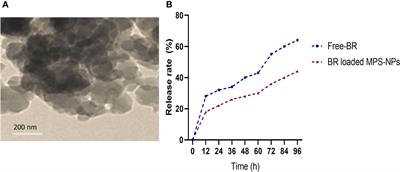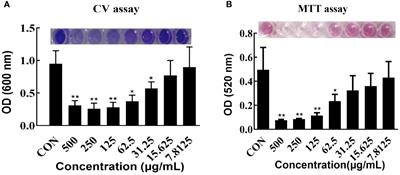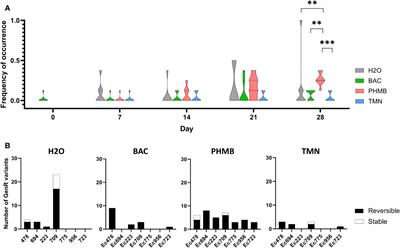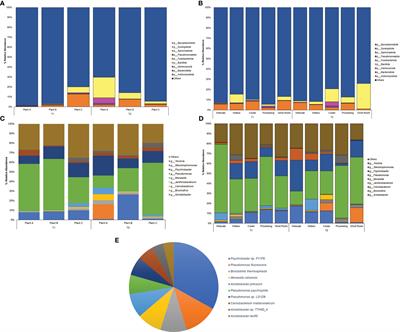EDITORIAL
Published on 09 Feb 2024
Editorial: The ever so elusive pathogen-harboring biofilms on abiotic surfaces in the food and clinical sectors: the good, the bad and the slimy
doi 10.3389/fcimb.2024.1374693
- 825 views
- 2 citations
3,101
Total downloads
13k
Total views and downloads
You will be redirected to our submission process.
EDITORIAL
Published on 09 Feb 2024
ORIGINAL RESEARCH
Published on 12 Jan 2024

ORIGINAL RESEARCH
Published on 13 Dec 2023

ORIGINAL RESEARCH
Published on 11 Dec 2023

ORIGINAL RESEARCH
Published on 08 Sep 2023

ORIGINAL RESEARCH
Published on 31 Jul 2023

